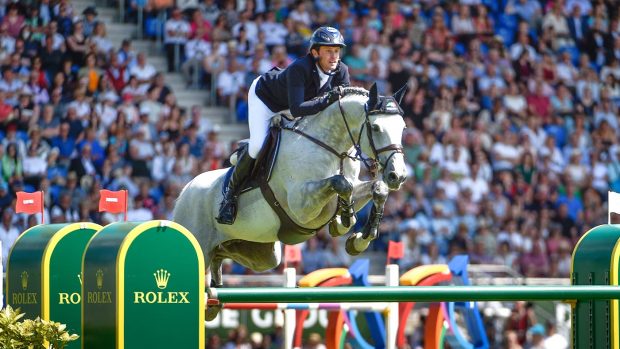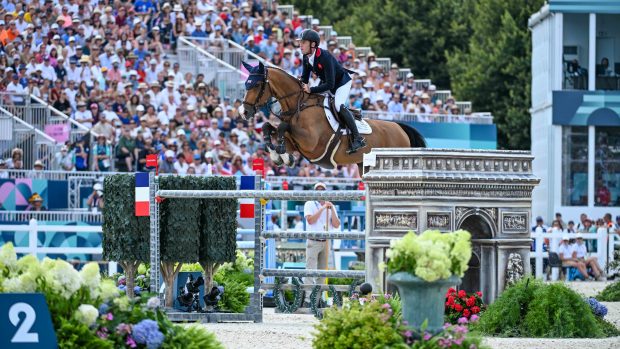Olympic, world and European individual and team eventing medallist, Bettina Hoy, on who impressed her in the dressage phase of the Tokyo 2020 eventing competition – and what she felt went wrong for others...
IT was obvious watching the Olympic eventing dressage at the Tokyo Games just how much pressure most of the riders and their horses were under.
I wonder whether having watched the pure dressage, riders, trainers and also the judges were just expecting too much. The result was that some horses looked to be just put into an “up” outline, with riders thinking that was what the judges wanted. But classical training means working the horse’s whole body from behind over the back into self-carriage.
It is a fine line to let a more average mover – in comparison to a pure dressage horse – shine and not overcook it in an effort to show the maximum possible.
The judges awarded Alex Hua Tian and Julia Krajewski what they deserved with their nice-moving horses and well-executed movements, while Oliver Townend proved that it’s not always a disadvantage to go early.
Michael Jung was a worthy leader. Chipmunk is a properly trained horse, moving in a supple way over the back, and Michael was always early in preparing the next movement. Nothing looked rushed or forced.
But for me, the leader should have been Fouaad Mirza, riding Seigneur (usually known as Seigneur Medicott) – and I’m not just saying that because I trained the horse and know what he feels like to ride. Seigneur had a beautiful outline with a soft contact and Fouaad rode in a good rhythm at all times.
Judges are only human and sometimes there is a tendency to mark what they expect to see and not what’s actually happening. It’s very difficult for an unknown rider like Fouaad to lead after dressage at such a big event, which is a shame.
I really liked Tim Price’s test on Vitali, who is still very young and has never been in an atmosphere even remotely close to the one at the Olympics, and also Felix Vogg’s sympathetic riding on Colero.
The new Olympic eventing dressage test flows well and rides a lot more fluently than the five-star test ridden at the 2018 World Equestrian Games, which had constant changes of direction from the half-pass into the circle and shoulder-in. It was also ridiculous to have a canter circle on a loose rein – it’s a young horse movement and shouldn’t be in a test at this level.
The Olympic test demands an even better trained horse, that is truly through and in front of both legs. The rider has to know how to apply the aids and when to prepare the following movement, because they come in much quicker succession.
The most challenging part is certainly the canter. Striking off in counter-canter is unusual and I would have preferred the strike-off in true canter and then to have three changes on the diagonal – one shortly after H, one over X and the final one before F.
The highlight is the zig-zag half-pass with the two changes, which is on a more difficult line than in the prix st georges. If I was judging, this movement would determine the score for harmony between horse and rider.
- This exclusive column is also available to read in Horse & Hound magazine, on sale Thursday 5 August
You may also enjoy reading…

‘There is no room for error’: the challenging Olympic eventing dressage test explained

6 things you need to know about today’s Olympic eventing dressage: from Michael Jung and his golden quest to the Brits on pole

Mark Phillips on Tokyo 2020: ‘An immense effort… and Dickie Waygood deserves a medal’

Laura Tomlinson: Olympic judges, please mark what you see, not who you see

Subscribe to Horse & Hound magazine today – and enjoy unlimited website access all year round



